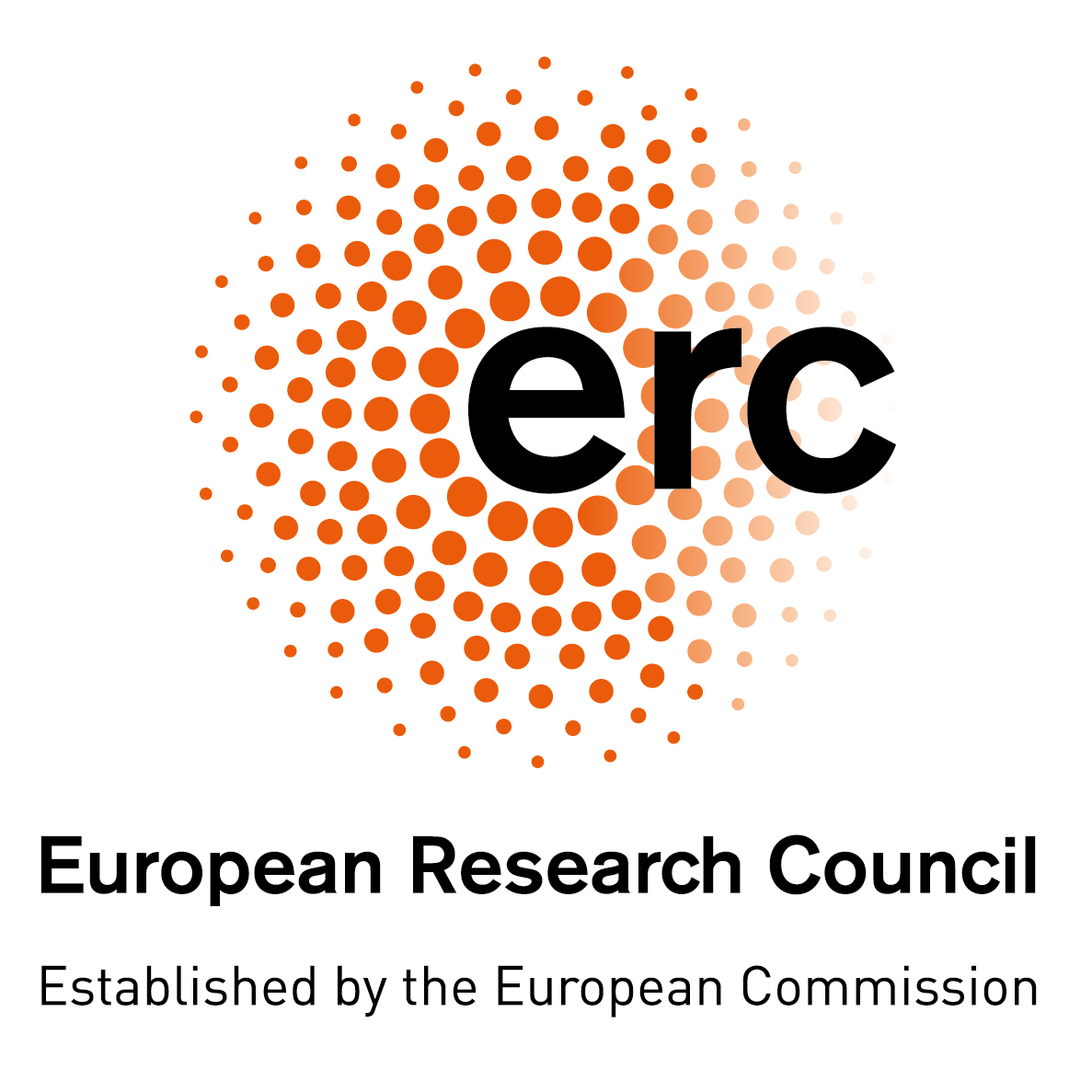
Thermodynamic Computing with Oscillatory Neural Networks
The growing energy consumption of computing technologies has become a significant environmental concern, despite advancements in semiconductor technology. Current computing architectures are energy-inefficient, primarily designed for specific tasks, and are vulnerable to noise, heat, and variability.
The ERC-funded THERMODON project led by Prof. Aida Todri-Sanial, TU/e, aims to tackle this issue by embracing the concept of “Let the physics do the computing.” This innovative approach utilizes noise, heat, and variabilities to achieve energy-efficient computing. The research integrates thermodynamics with neuromorphic computing to develop a novel architecture capable of thermodynamic computing and self-organization.
By applying thermodynamic principles to oscillatory neural networks, researchers aim to create a dynamic, self-organizing system that interacts openly with its environment. This new computing paradigm could transform traditional architectures into systems that learn, infer, and adapt continuously.
THERMODON’s objective is to address the rising power consumption of computing by harnessing the natural thermodynamics of engineered architectures. This approach could lead to breakthrough innovations in thermodynamic computing models and AI-specialized hardware, enabling more efficient online training and inference for intelligent systems.
The interdisciplinary nature of this research opens new avenues in computer architecture, potentially triggering a paradigm shift in edge AI computing and providing immediate impacts as a hardware accelerator platform.
In this work, we design analog and mixed-signal circuits to emulate the thermodynamic behaviour of systems operating far from equilibrium such that they can self-organise and adapt to learn and solve combinatorial optimisation problems.
Read more on: EU CORDIS page
